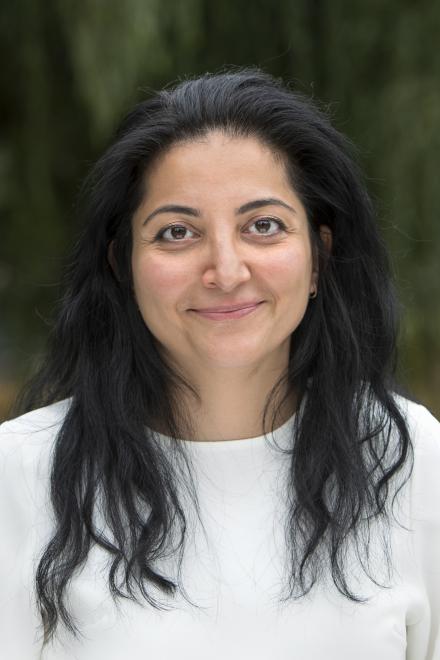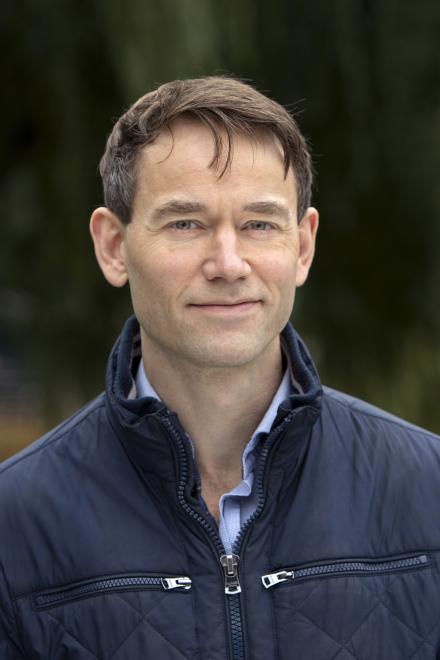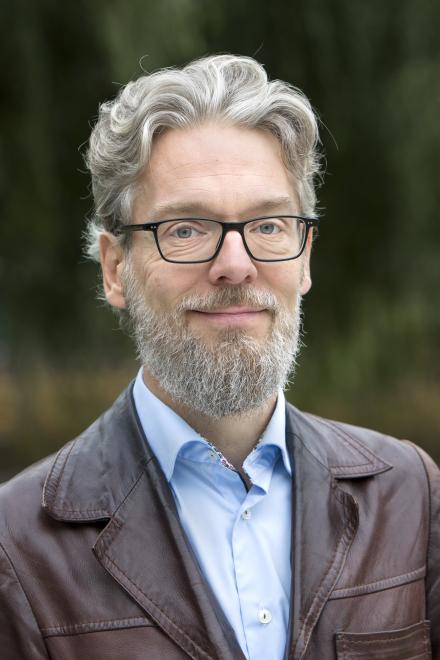Wallenberg Clinical Fellows 2019
Three physicians admitted to the program for clinical research
Individualized pharmaceutical treatments for patients with brain injuries, new methods for treating chronic leg ulcers and studies to investigate whether MS is a curable disease. This is what three physicians who have now been appointed as Wallenberg Clinical Fellows will study.
Elham Rostami, Jakob Wikström and Joachim Burman are this year’s Wallenberg Clinical Fellows. The purpose of the program is to encourage clinical research by Swedish physicians. The funding is for three years.

Elham Rostami: Specialist physician of neurosurgery at Uppsala University Hospital and associate professor at the Department of Neuroscience at Uppsala University.
Project: Genetic impact on traumatic brain injury; towards novel treatment using patient specific induced pluripotent stem cells.
Elham Rostami aims to develop new and individualized pharmaceutical treatments for patients with brain injuries. Traumatic brain injuries are the most common cause of death and disability among young people. By using Uppsala’s brain injury registry and biobank with detailed data, Elham Rostami hopes to better understand what determines how these patients will manage in the future.
Variations in the BDNF gene have been shown to affect recovery. BDNF is a protein that naturally occurs in the brain and has an important function when new cells are created. However, its influence can also result in cell death. Elham Rostami wants to test a substance that imitates BDNF, along with a new pharmaceutical that reduces the risk of cell death. Among other things, these studies will be conducted on stem cells generated by patients with brain injuries and an important genetic variation in BDNF. Her research could provide fundamental insights into the role of genetic variation in brain injuries. Hopefully, the results will provide a foundation for clinical trials of individualized pharmaceutical treatments.

Jakob Wikström: Specialist physician of dermatology and venereology at Karolinska University Hospital and research leader at the Center for Molecular Medicine at Karolinska Institutet.
Project: Endoplasmic reticulum stress in chronic leg ulcers: a new treatment strategy?
Jakob Wikström’s research involves finding new ways to treat difficult chronic leg ulcers. Ulcers on the feet or lower legs that are slow to heal are a major medical problem, particularly among elderly patients. Frequently, however, there is a lack of knowledge about the healing process and available treatments.
One prerequisite for the growth of new tissue across the wound is the availability of proteins that can build new cells, but many of these proteins must first fold into special 3D structures before this process can start. This occurs in the network that surrounds the cell’s nucleus, the endoplasmatic reticulum (ER). Sometimes, this process does not happen as it should and a significant amount of wrongly folded or unfolded proteins collect in the ER. This results in something called ER stress. Jakob Wikström’s research group will now study whether it is possible to balance this stress and, if so, whether it can contribute to improving the healing process in leg ulcers.

Joachim Burman: Consultant at the neurology clinic at Uppsala University Hospital and researcher at the Department of Neuroscience at Uppsala University.
Project: Resetting the immune system: autologous hematopoietic stem cell transplantation for multiple sclerosis.
Joachim Burman’s research focuses on how the neurological disease called multiple sclerosis (MS) is affected by treatment that uses autologous blood stem cell transplantation, in which stem cells are taken from the patient’s own blood. Autologous blood stem cell treatment has proven to be effective and is believed to be a cure for some people with MS. New methods are being used to study the immune system with a greater level of detail, to determine whether MS really is a curable disease. In order to offer this type of treatment to more people, it is also important to identify patients with a poor prognosis at an early stage.
To do this, new tools are being created that can process large amounts of data and provide a basis for individual risk and prognosis assessments. Using Swedish patient registries, it is also possible to follow the progression of the disease and the occurrence of any serious side effects. Joachim Burman thus hopes to be able to provide patients who want to undergo autologous blood stem cell transplantation with good information about what they can expect.
